We visited the McIntosh Sugar Mill tabby ruins when we were first here in 2016 (www.windsofdestiny-rvlife.blogspot.com/search?q=Tabby+ruins), and stopped by again today.
A short trail (from the parking lot and restrooms) through the forest lead to the ruins. A dog-friendly space, our Sadie, had fun exploring the area.
Built in 1832, the thick tabby walls provided the warmth needed to process sugar cane (boiling, grinding, and curing). Below is an up-close view of the walls.
During the Civil War, the plant was modified to produce arrowroot (a starch) and sold to the Confederate Army.
Sadie really fun chasing lizards, walking on the walls, and peering through openings in the ruins.
Not sure what she saw, but her eyes say it all.
The ruins can also be accessed from a small parking area on Charlie Smith Sr. Highway (St. Marys, GA) with a picnic area. The ruins are only a short walk away.
This is an interesting historic site in a serene, secluded setting. The durability of the tabby building material is pretty amazing. And it proved to an excellent use of natural resources in the area.
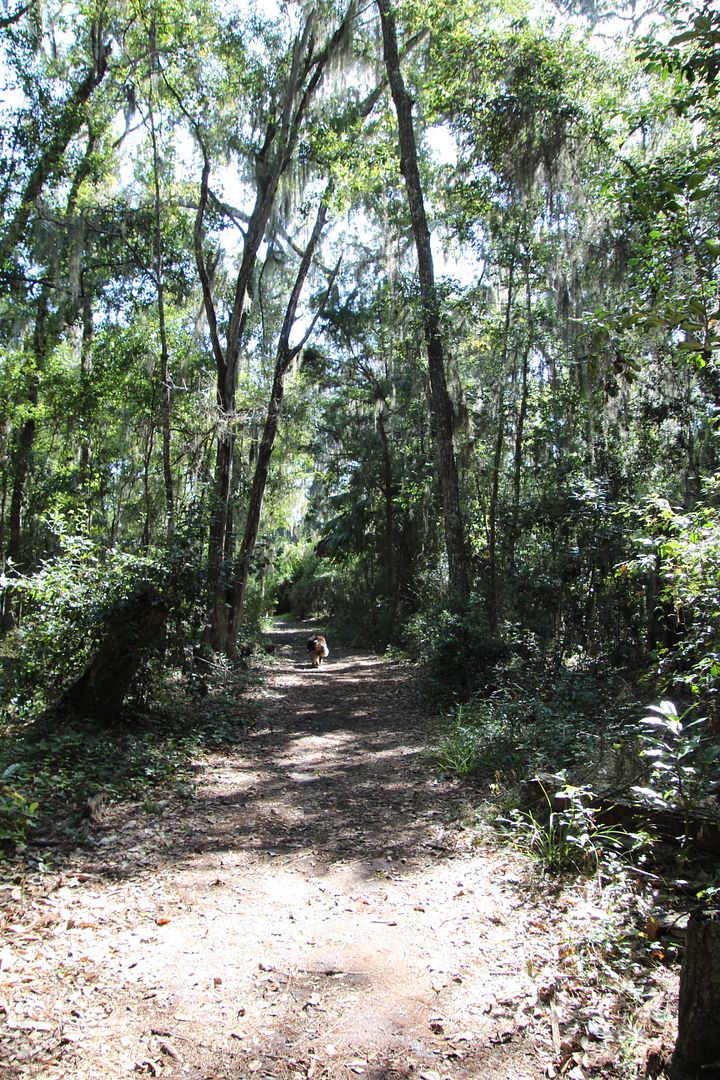
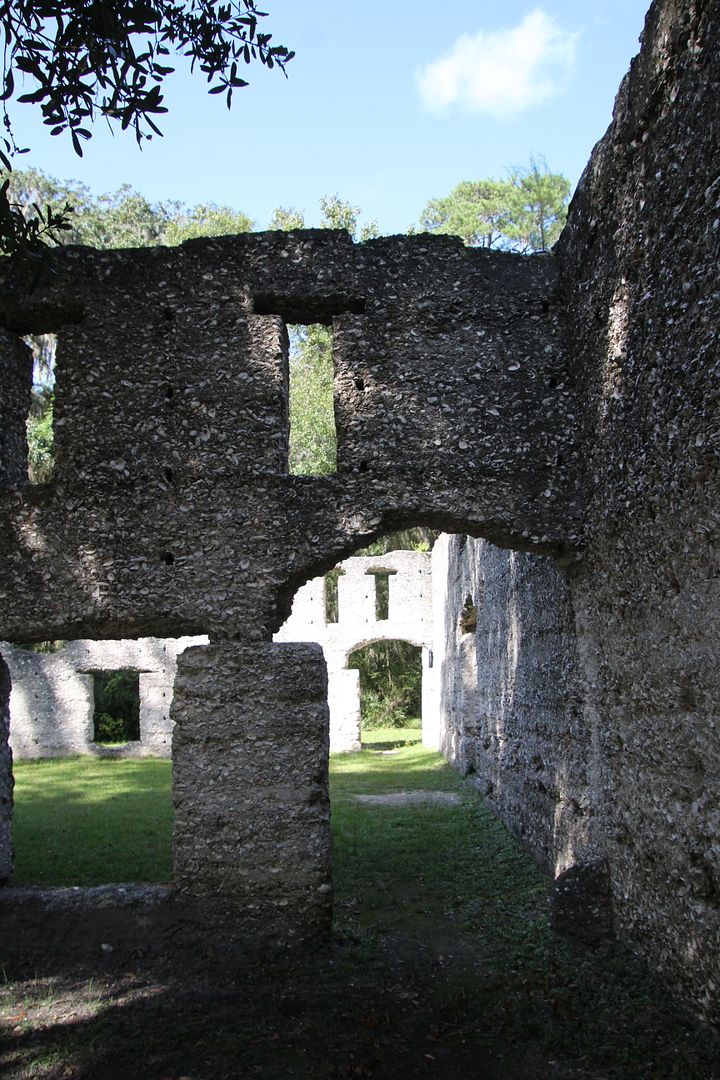
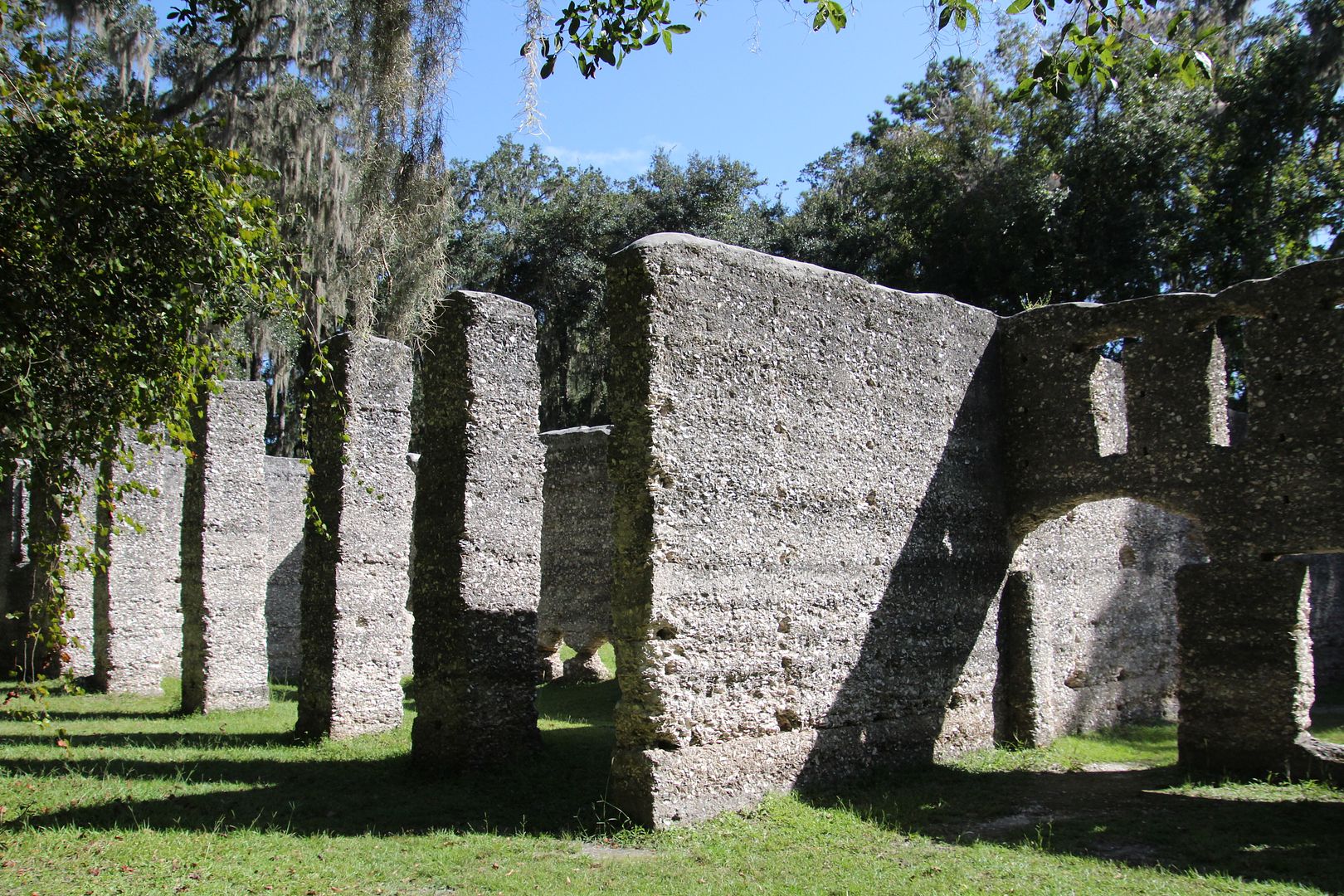
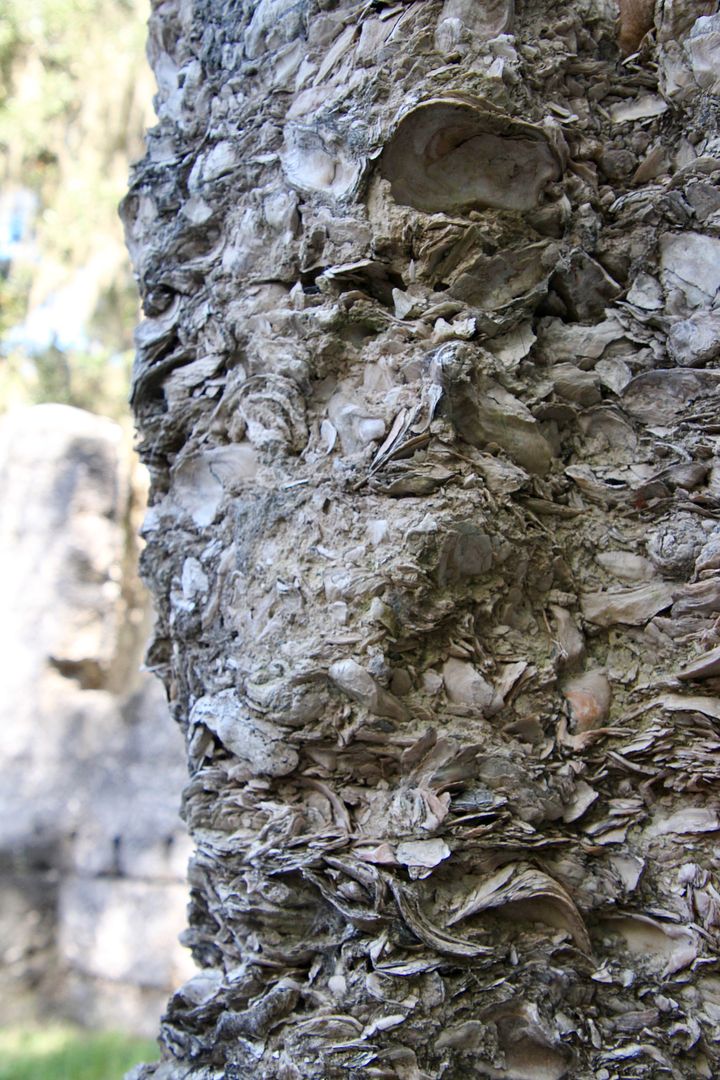
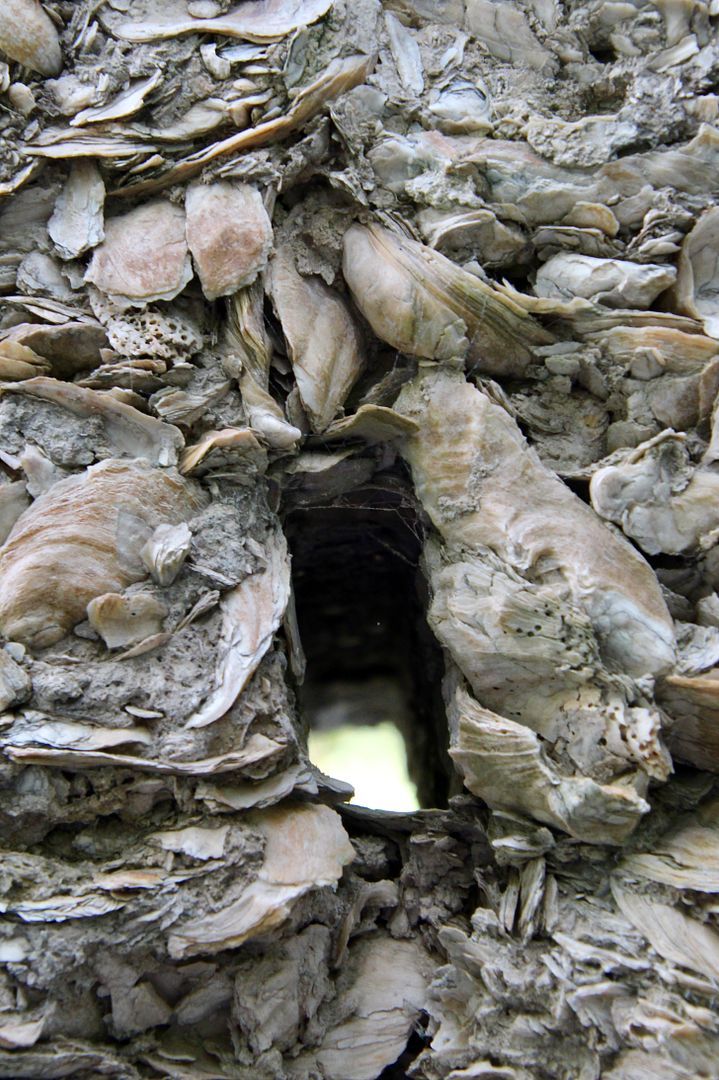
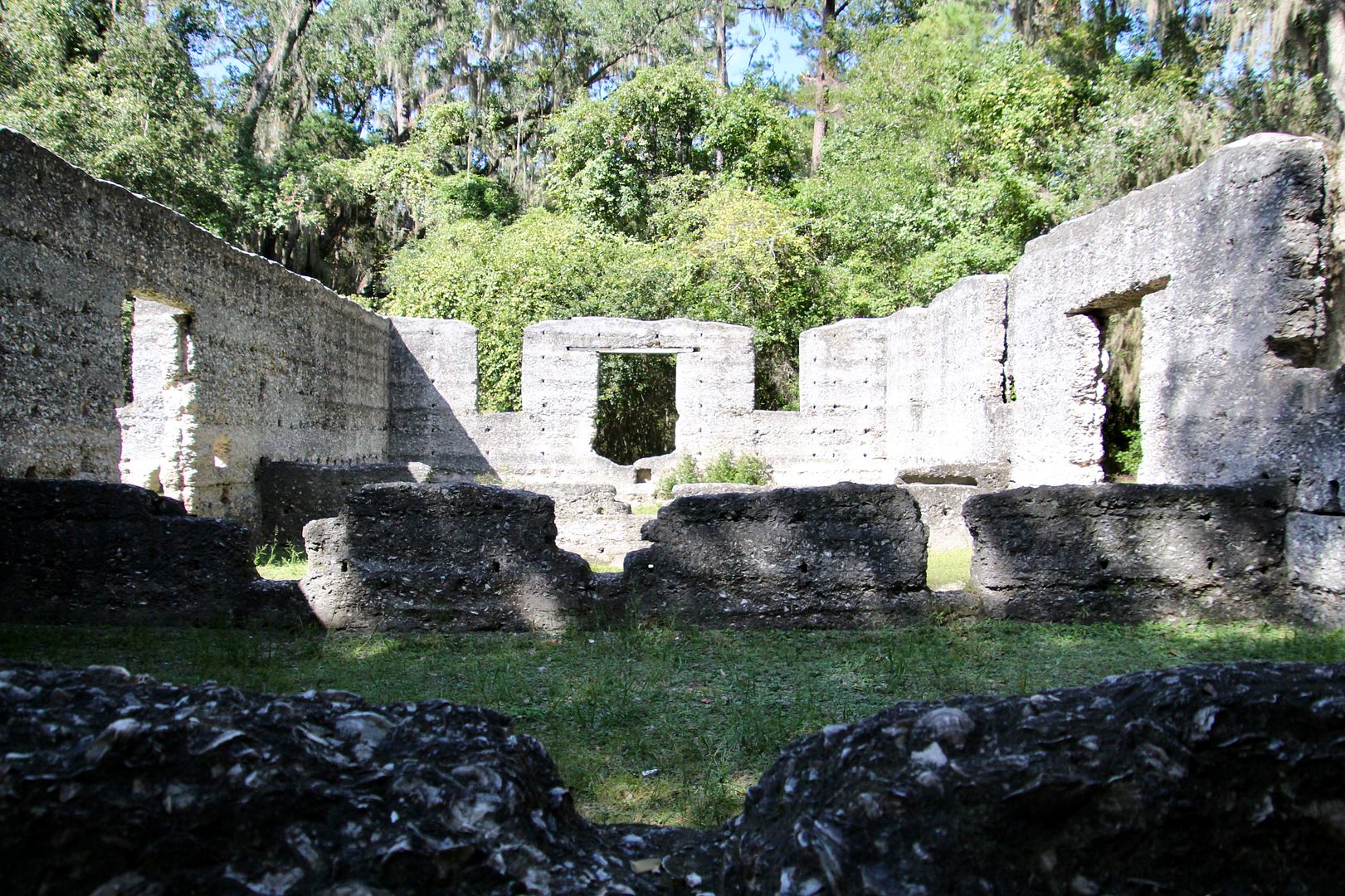
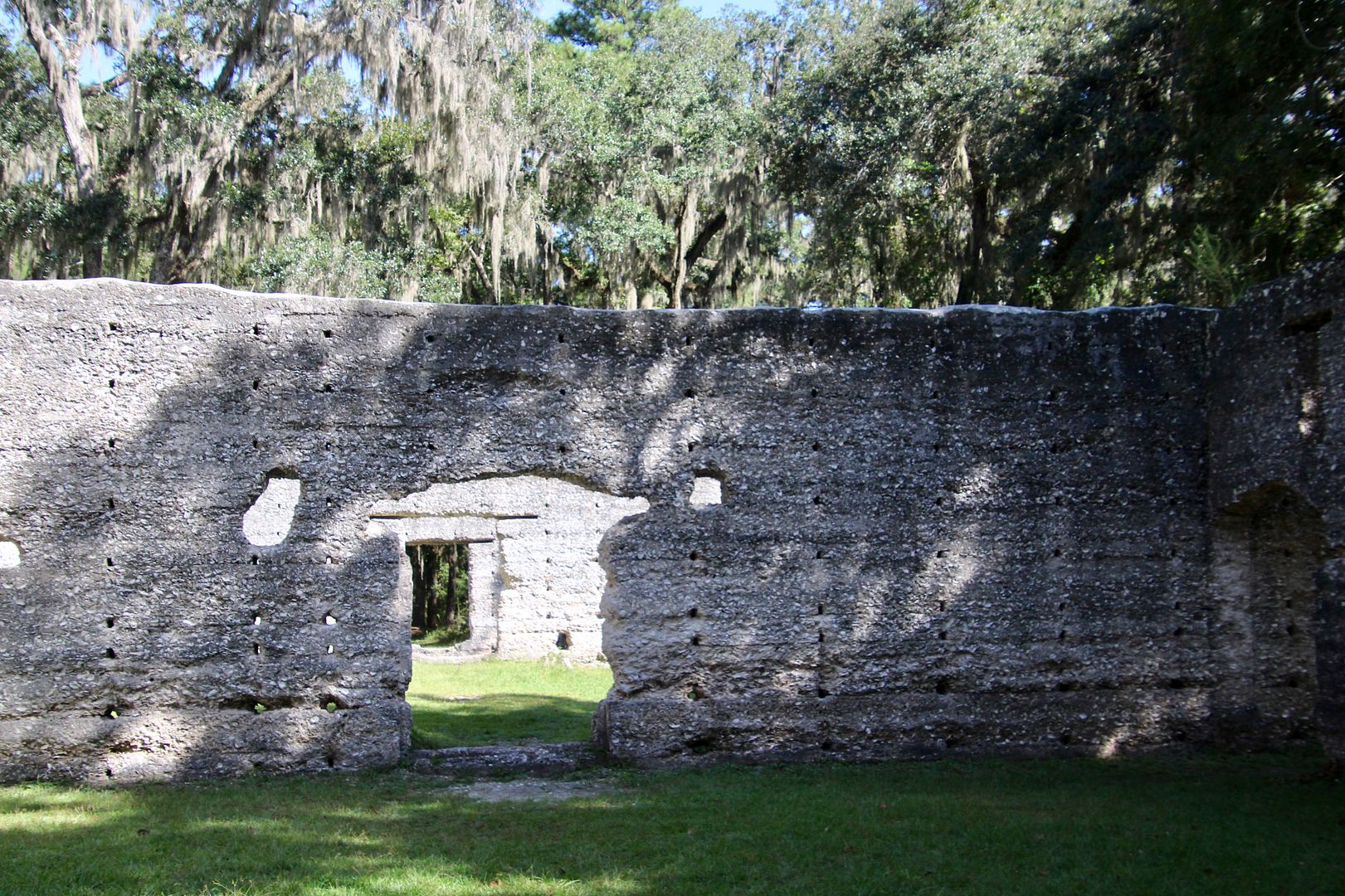

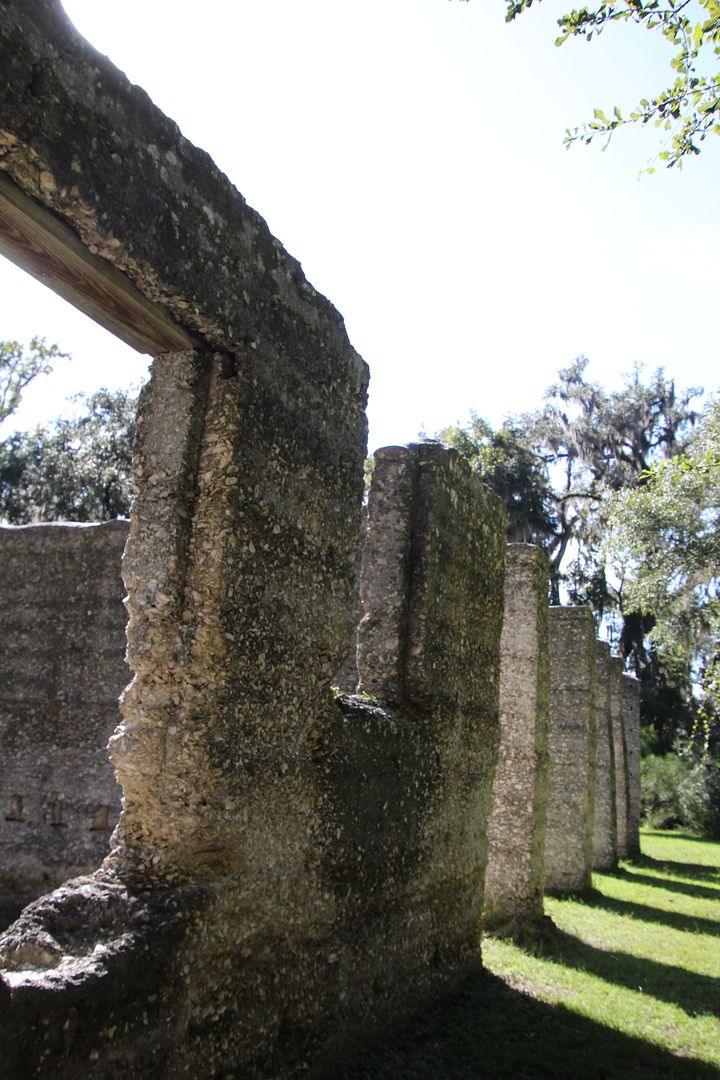
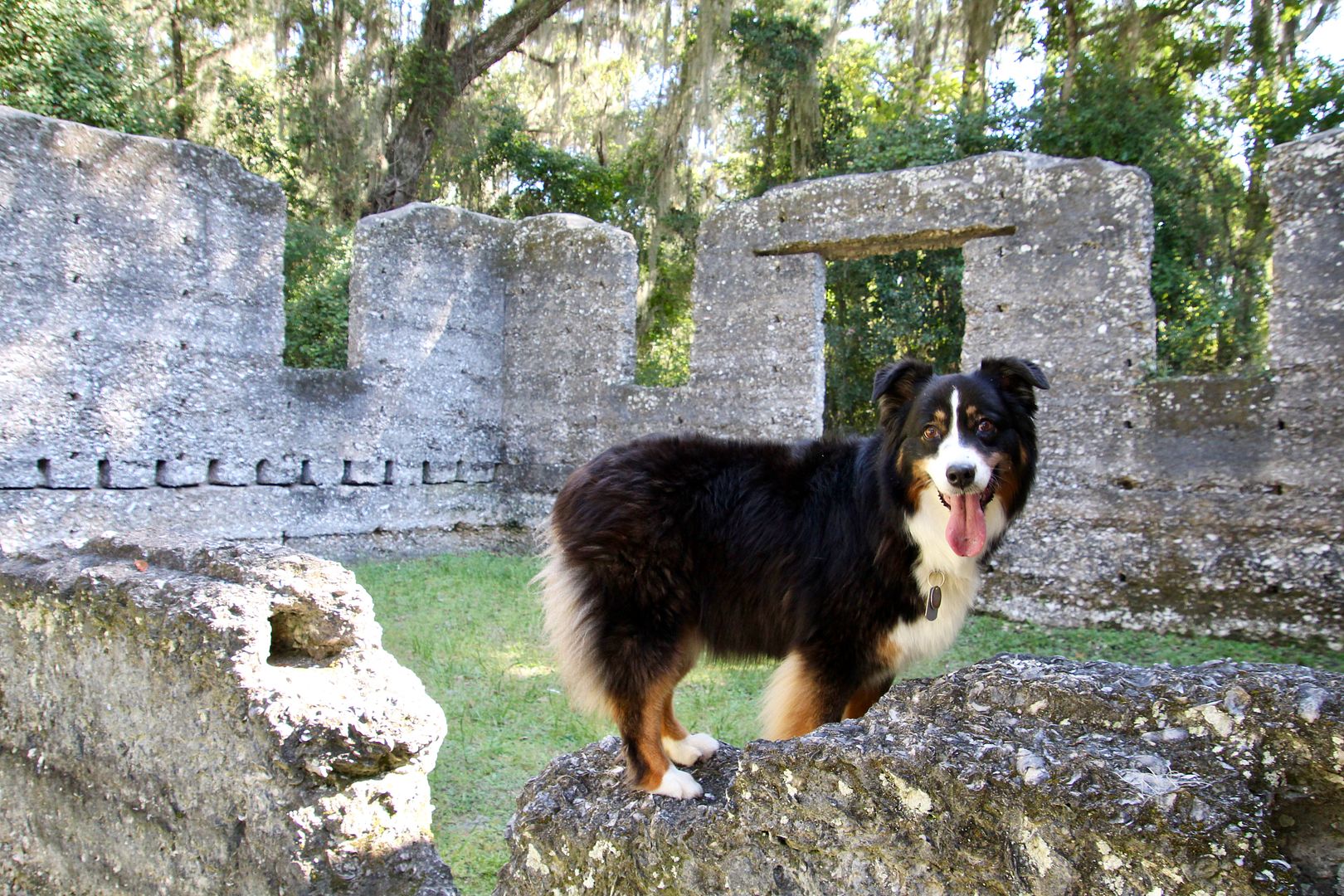

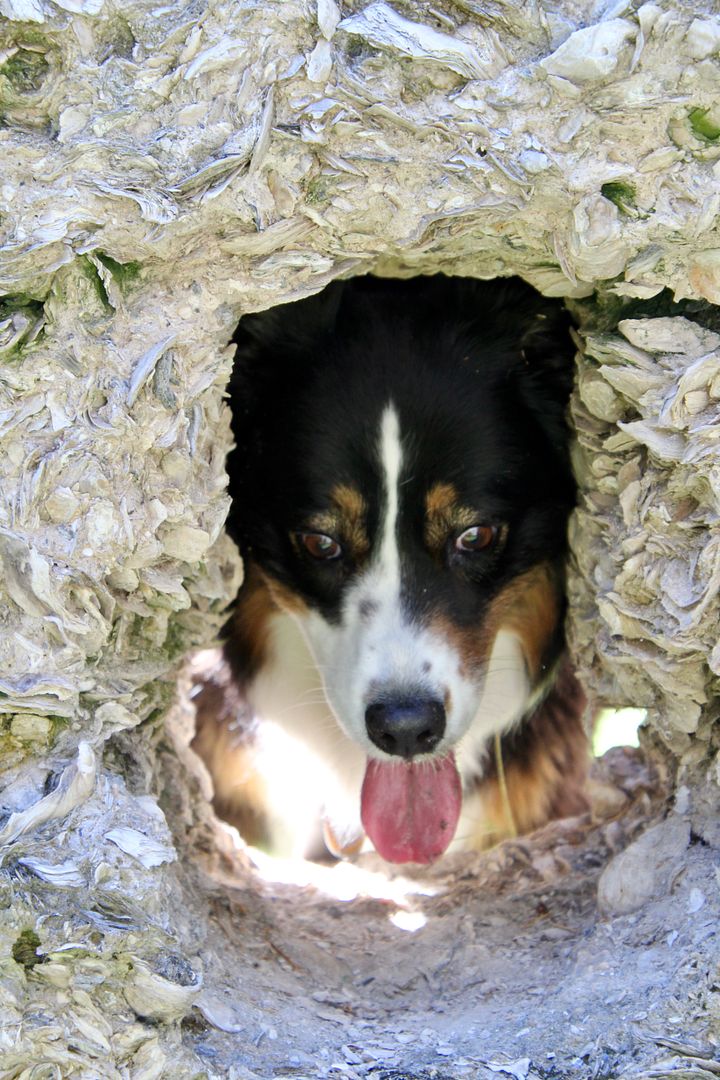
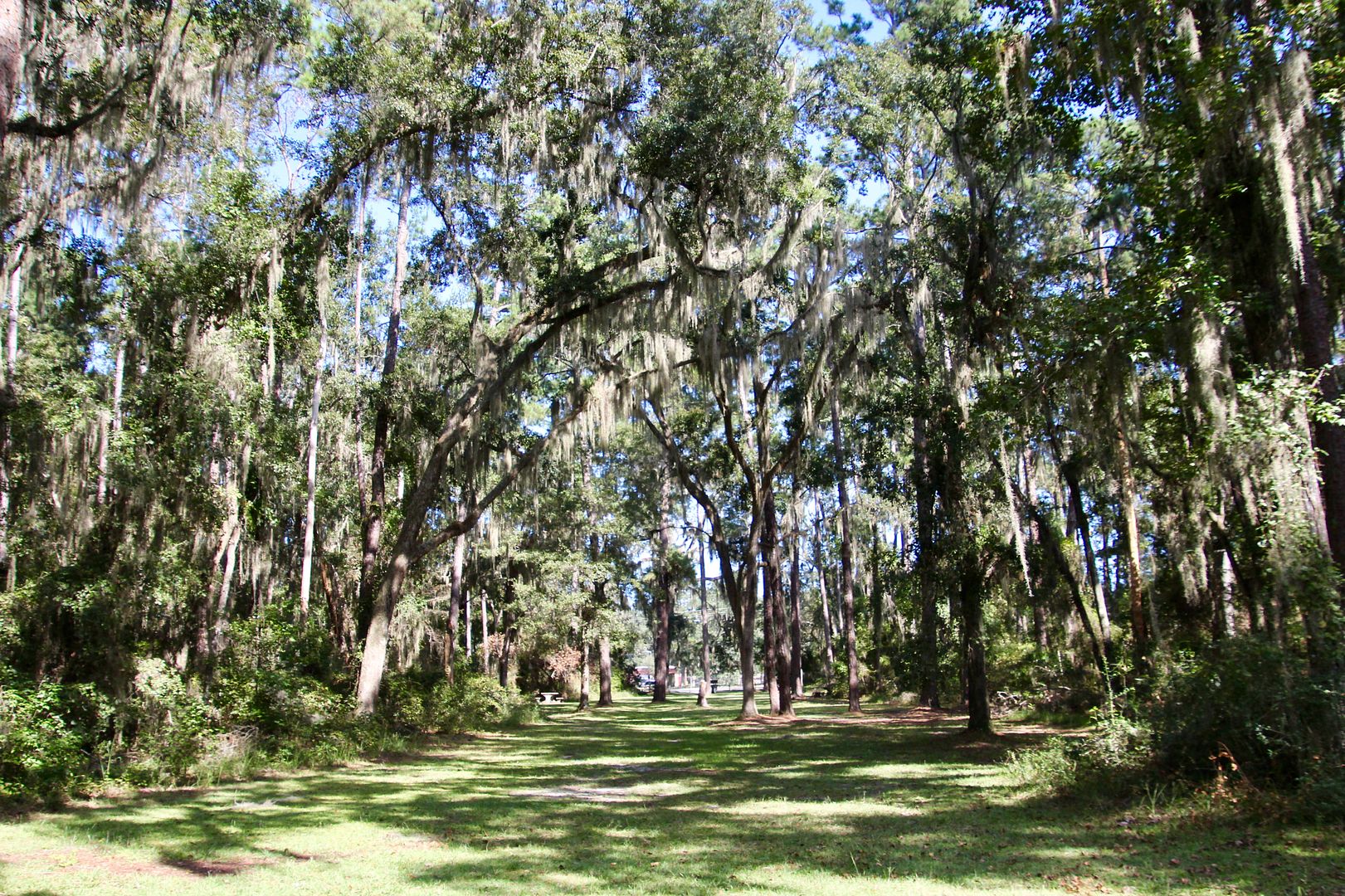
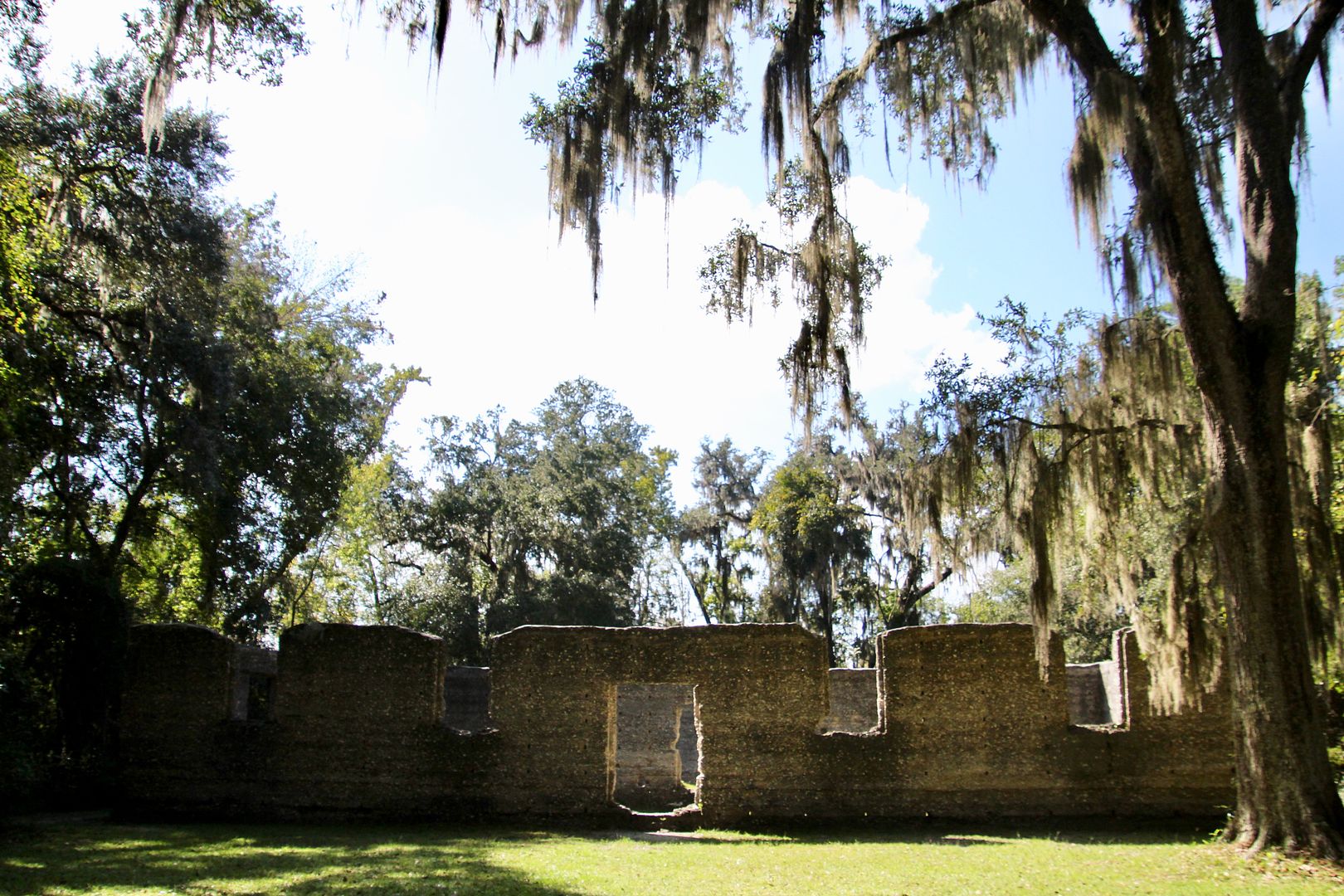
No comments:
Post a Comment